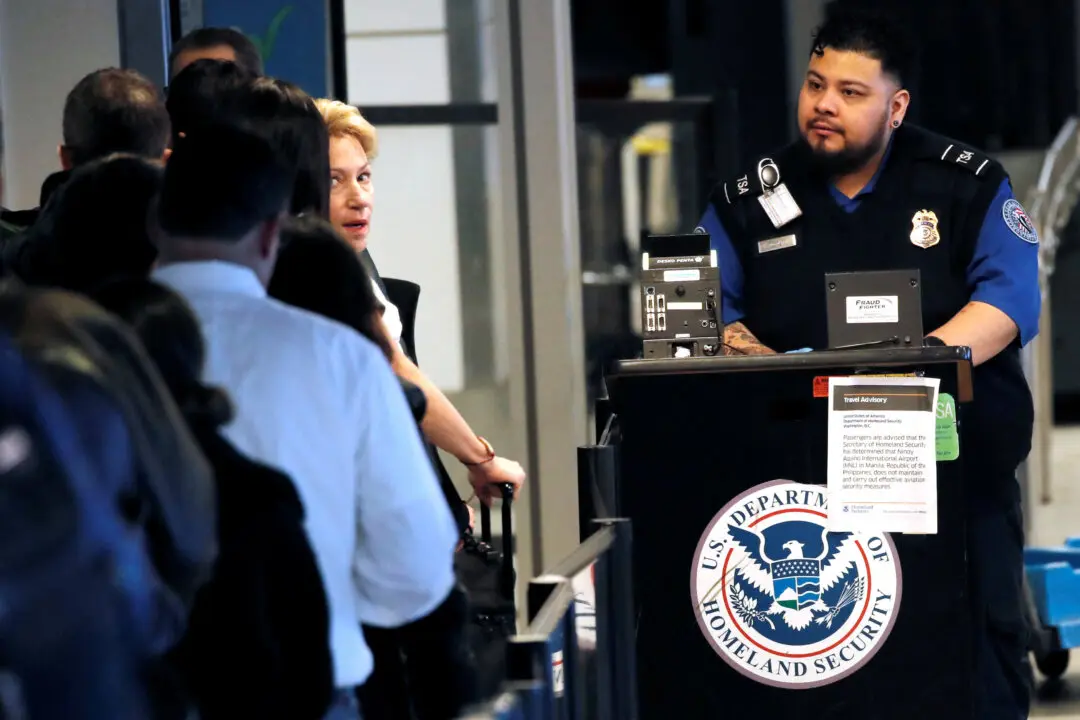NEW YORK—The S&P 500 rose 6 percent on March 17, a day after its steepest decline since the 1987 crash, as the Federal Reserve took further steps to boost liquidity and stem damage from the coronavirus outbreak that has gripped the global economy.
The central bank relaunched a financial crisis-era purchase of short-term corporate debt in the hope that companies are able to continue paying workers and buying supplies through the pandemic.





